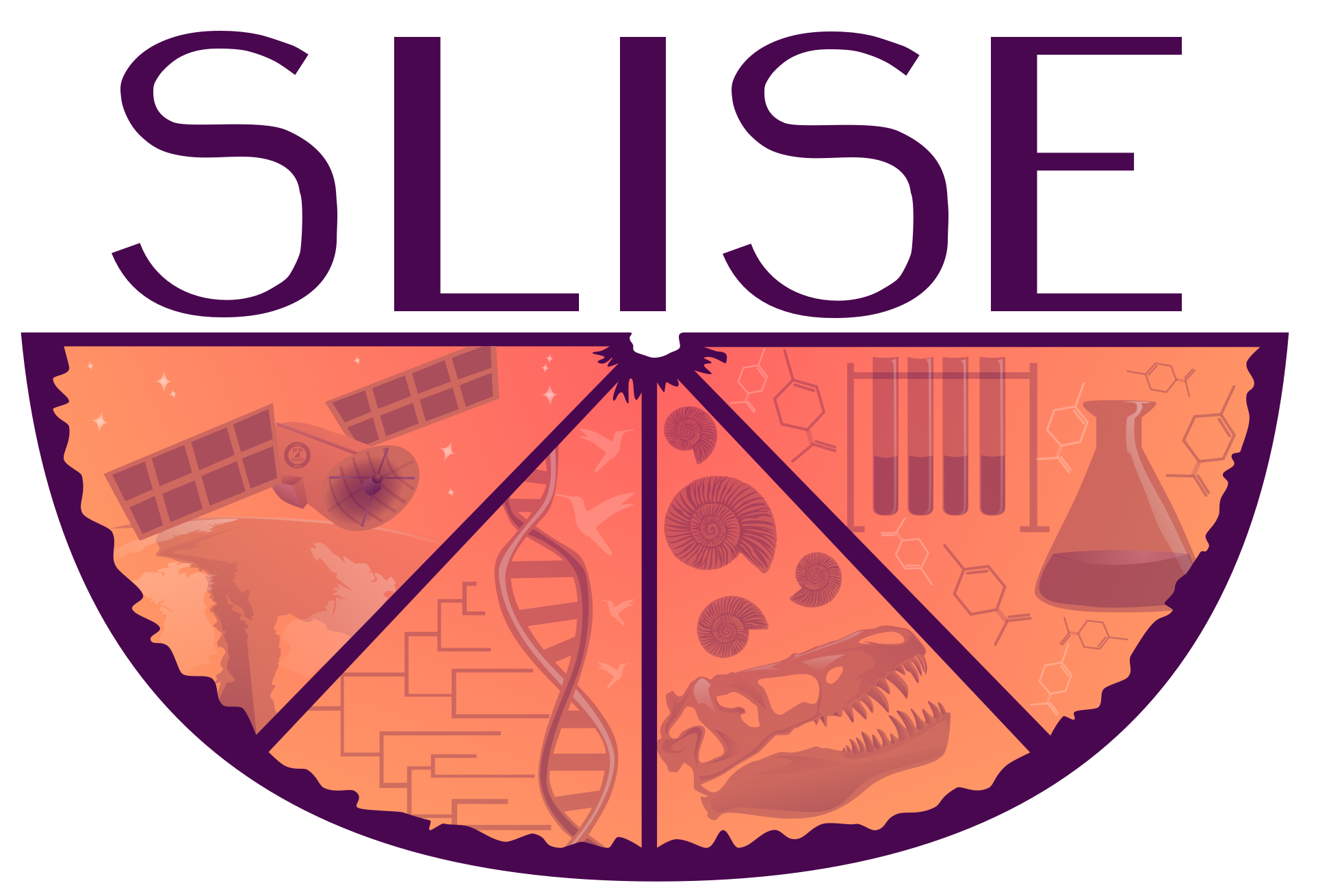S.L.I.S.E. is a website for science educators. We are currently under construction, but we hope you will use the available resources and continue to check back as we grow.
S.L.I.S.E. provides science educators with information to link their science content with social issues such as health inequity, addiction, and climate justice. Why would science teachers want to do this? Many reasons exist, but to name a few: 1) to draw in students who “just aren’t into science;” 2) to correct false information (for example, the idea that addiction is a moral failing, or that races are biological populations); 3) to help students think critically about science, society, and the intersection of the two.
How do you use this website? Pages are organized by science course. Our first course is Anatomy and Physiology. Each course page is organized by the typical units taught in the course, and each unit has social issues that connect to that topic, with links to help teachers learn about the topic. In the future, we plan to have resources such as worksheets and discussion questions that teachers can use directly in their course. We also plan to have a forum where teachers and content experts can discuss these issues.
How do you integrate this type of information into your course? The good news is that this site is teaching-method agnostic. You don’t have to change the way you teach. Here’s a step-by-step suggestion for how to start using these topics in class.
- The first step is to learn the connections between your science content and social issues, which is the primary purpose of this site. Use the links to articles, videos, and books listed here to get a deep understanding of one or more social issue(s) that connects to your curriculum.
- When you understand the connection, you can start small in bringing it into your course. Start with the issue that you feel most comfortable talking about. Include it in your course in a way that you already teach. So if you lecture, just put it in the lecture. Love worksheets? Edit an existing worksheet to include it. Whatever you normally do, keep doing that! Discussions, projects, or reading assignments can all be created around these connections in a way that fits into your normal teaching methods. If you’re strapped for time, it can just be a 5 minute addition to your normal discussion with students.
- Slowly add in more social issues to your class. This may take several years of development.
- Once this has become part of your curriculum and you begin broaching topics that may be more sensitive, you may want to begin the course by preparing students for these types of conversations. You can give a comfort survey and/or term list.
See General Suggestions for Science Courses for more information.
